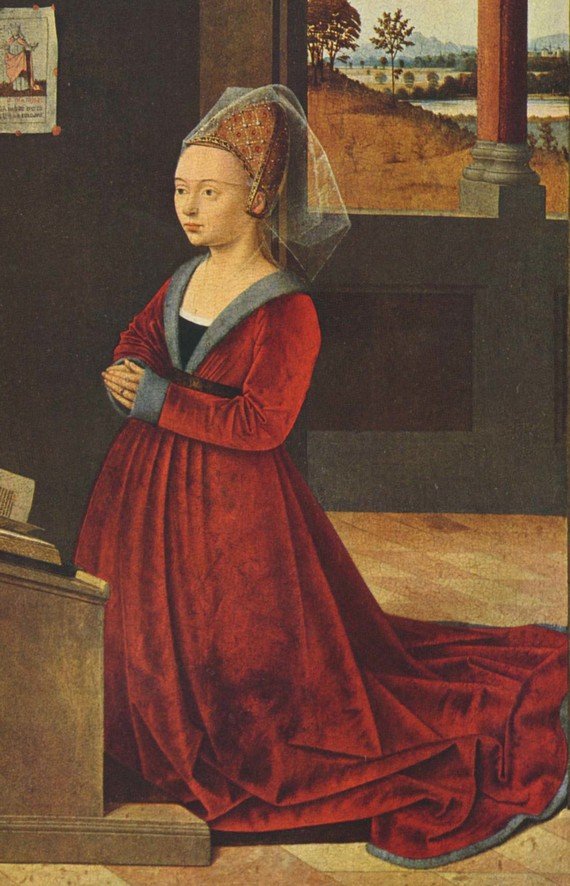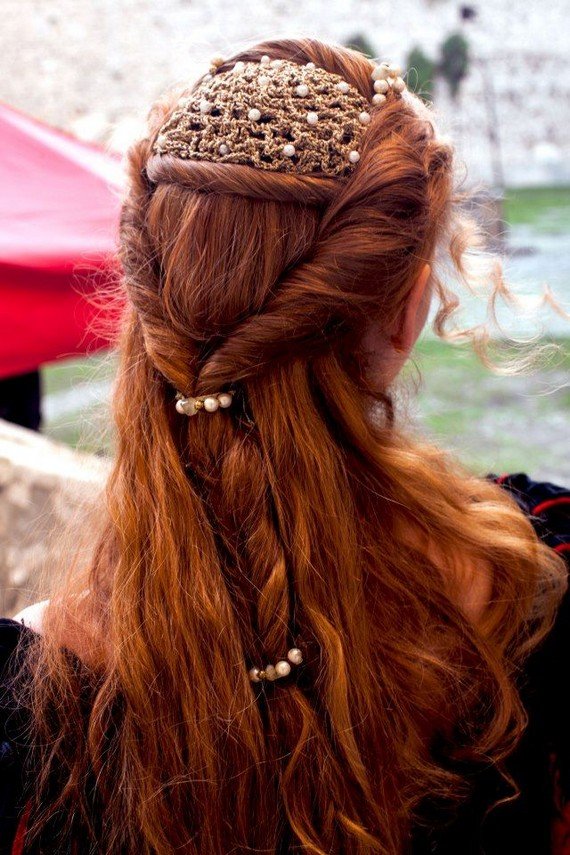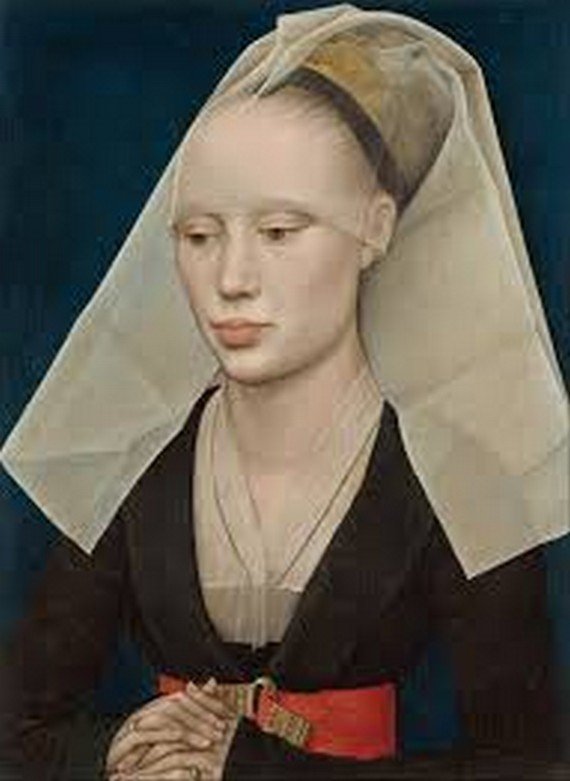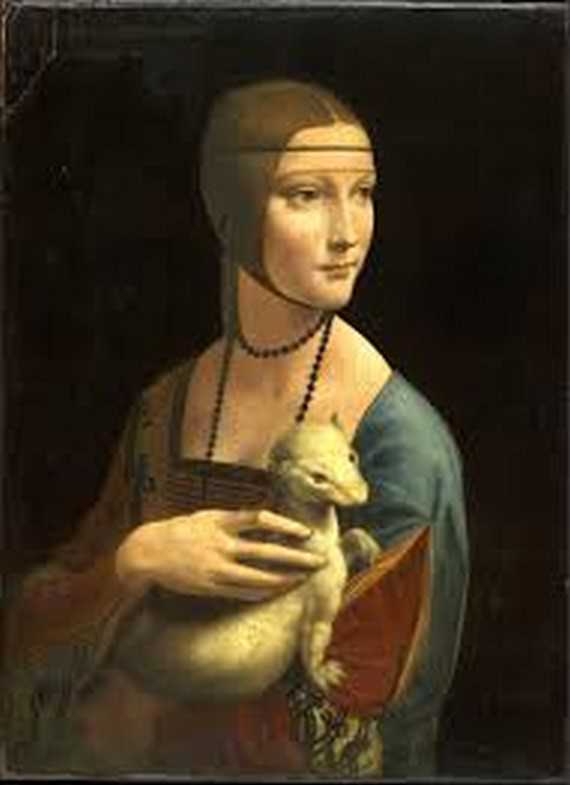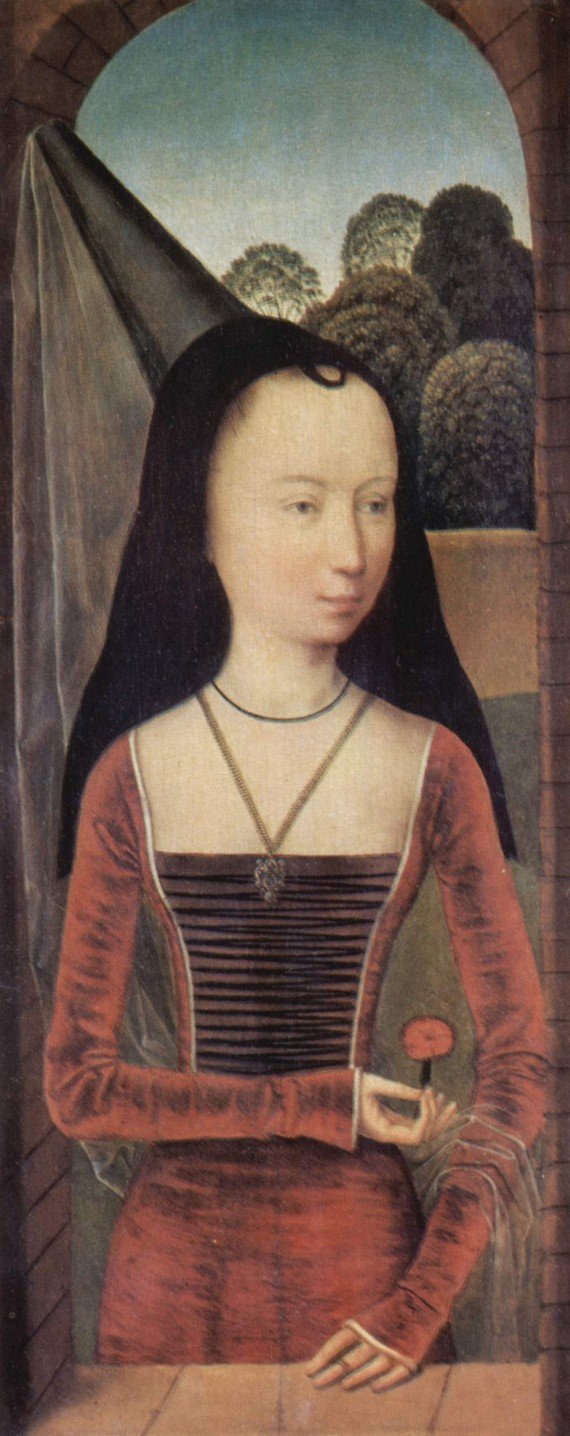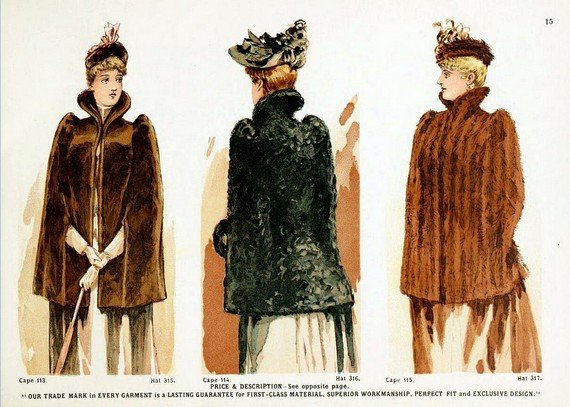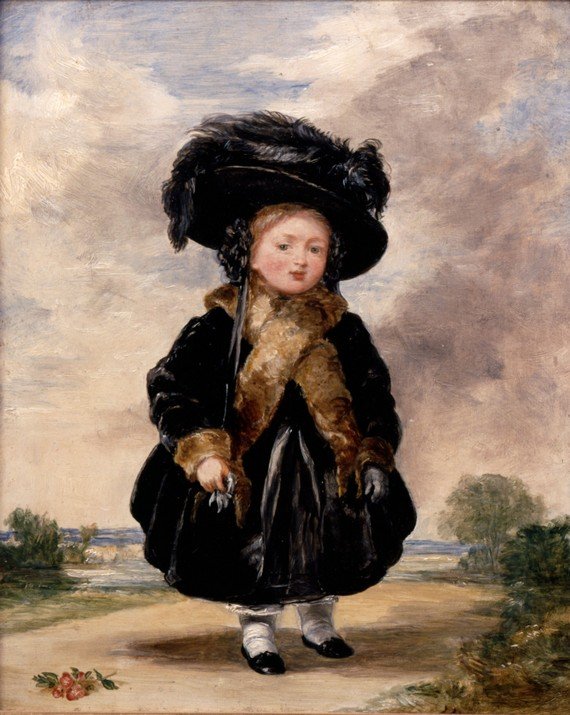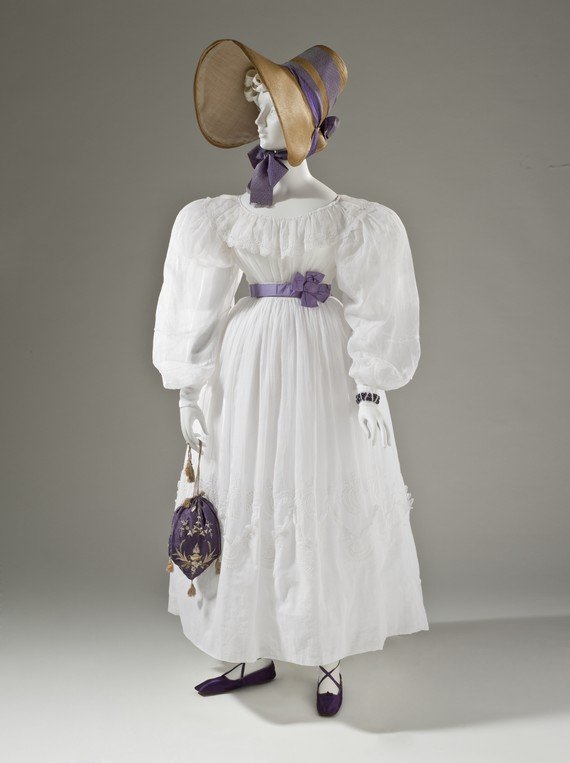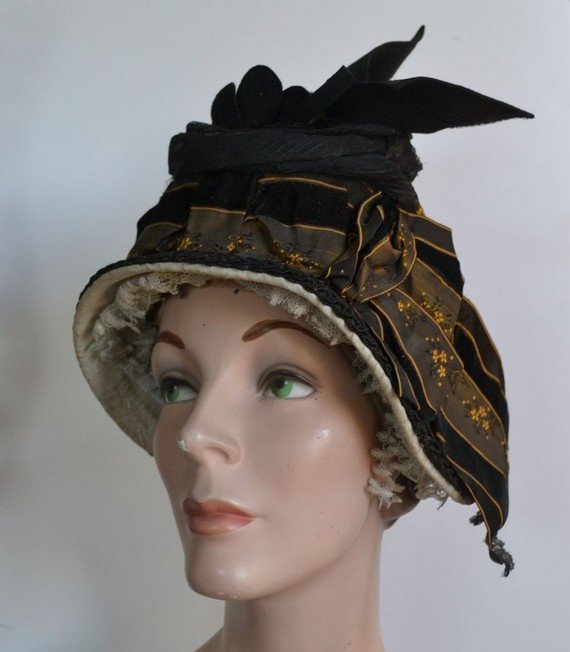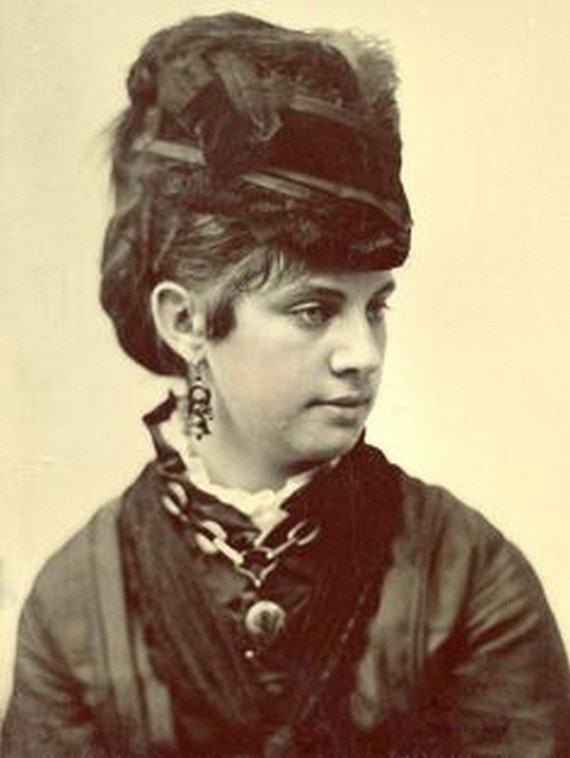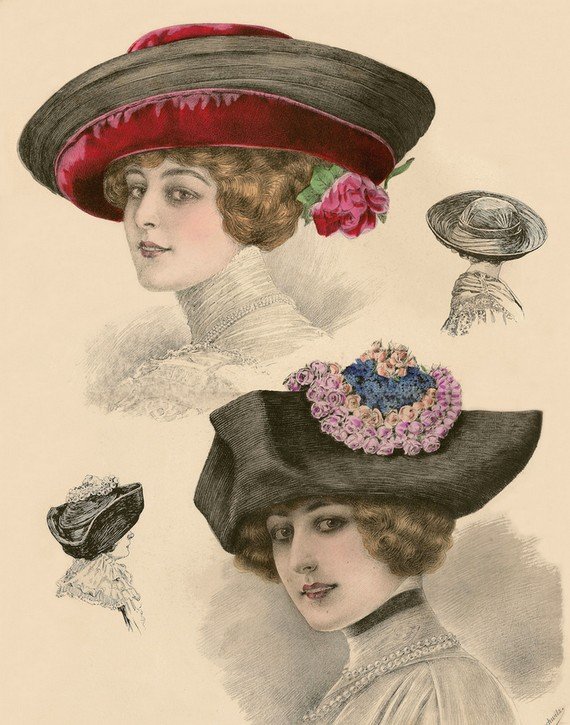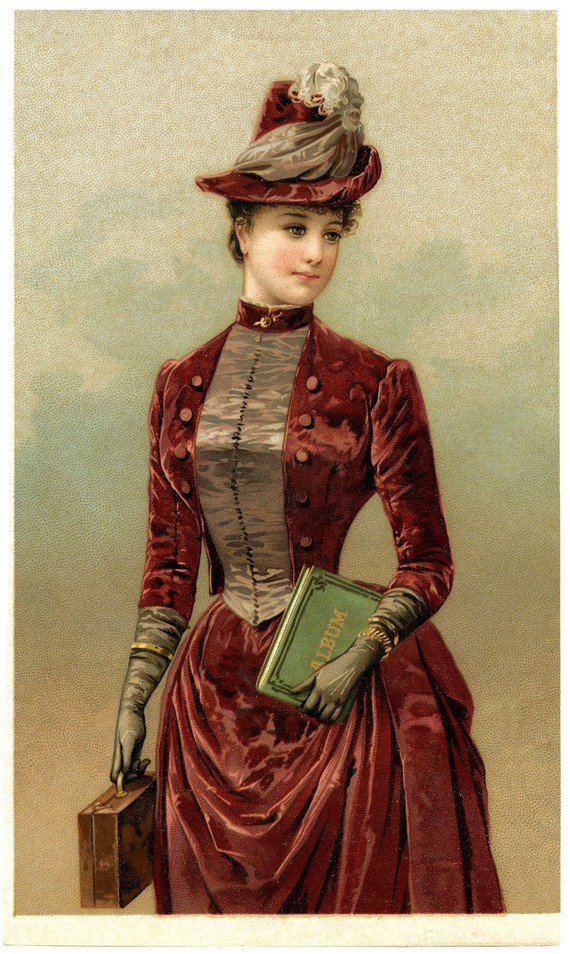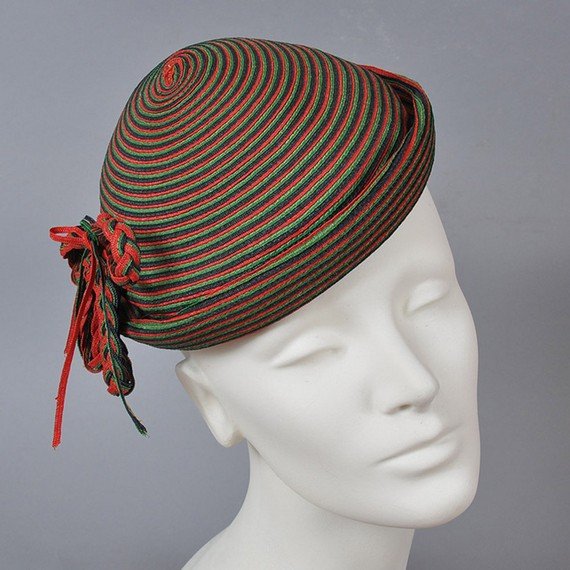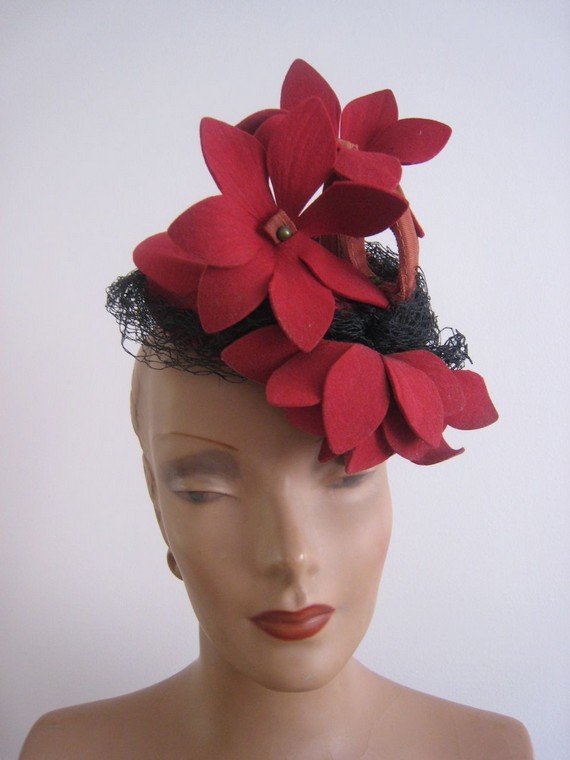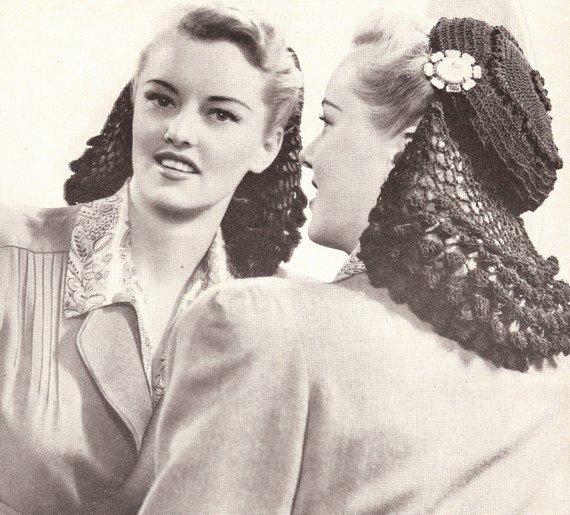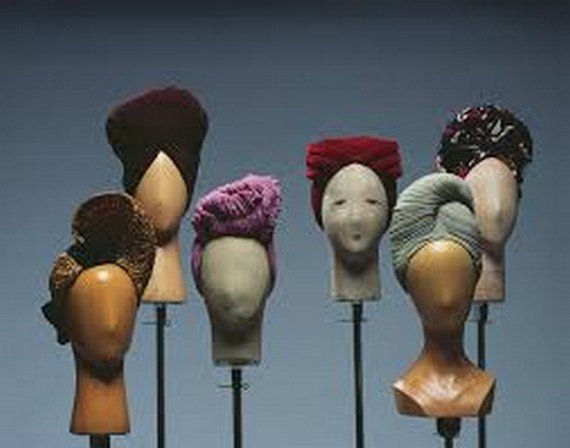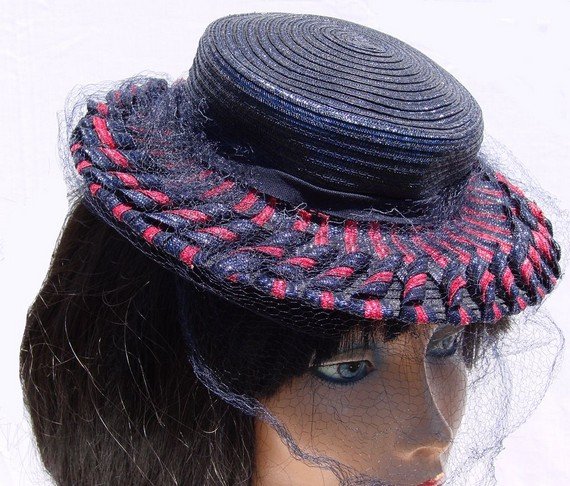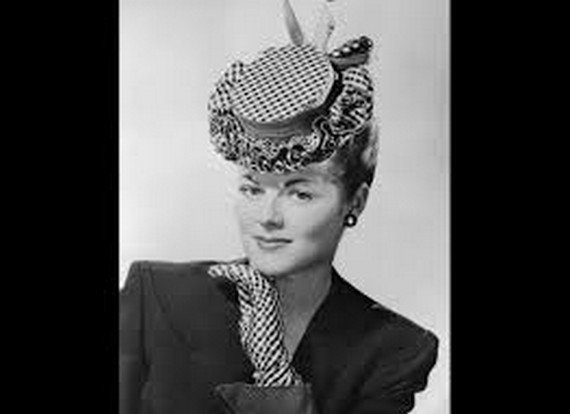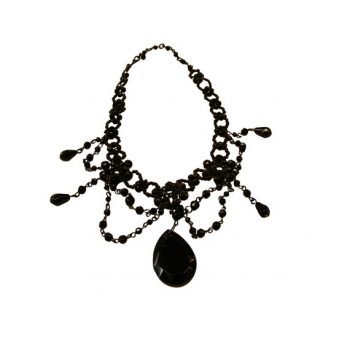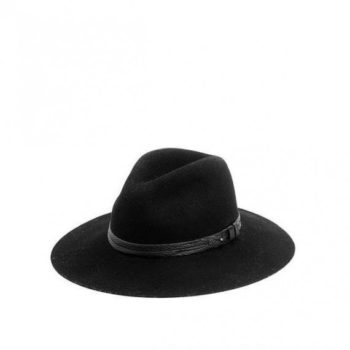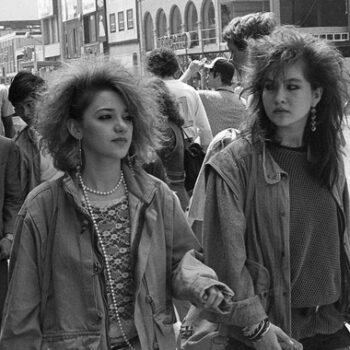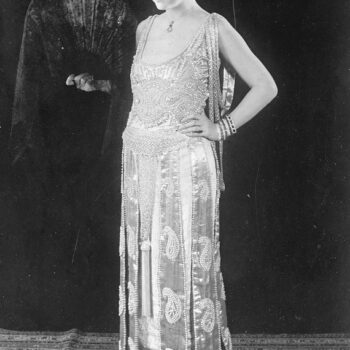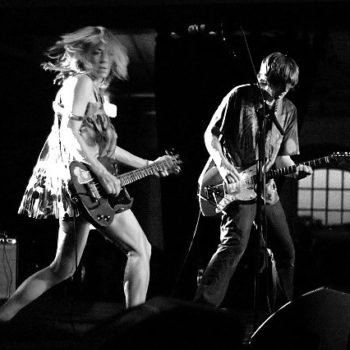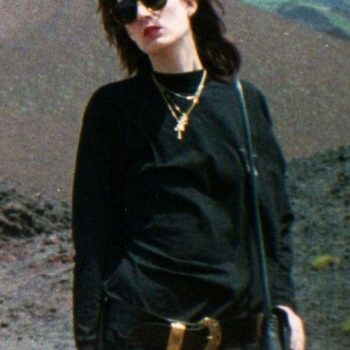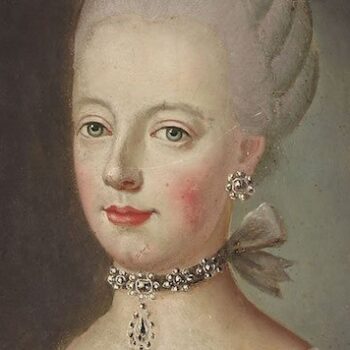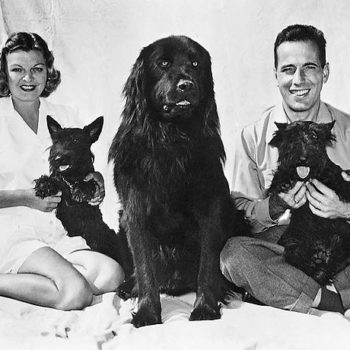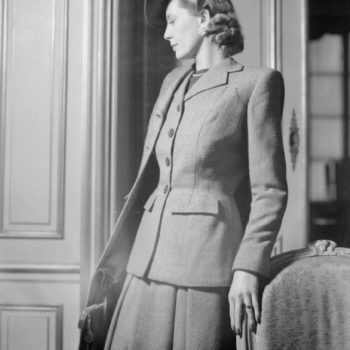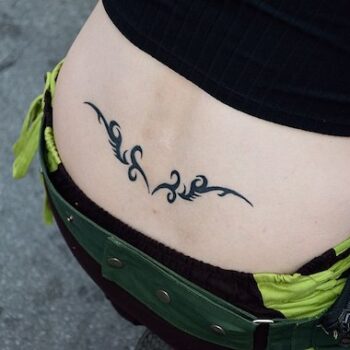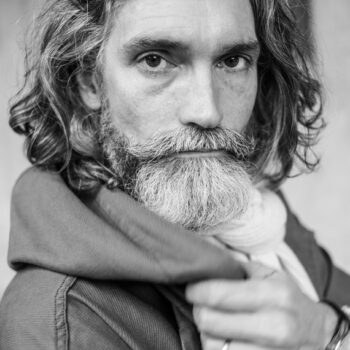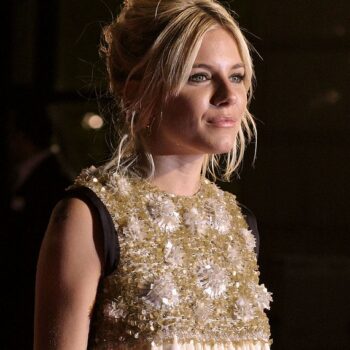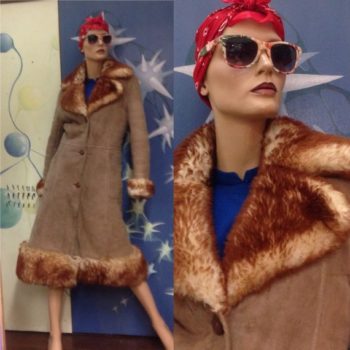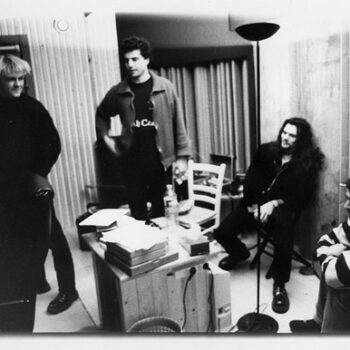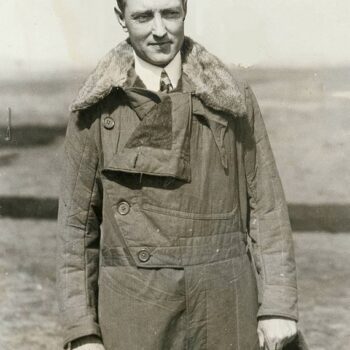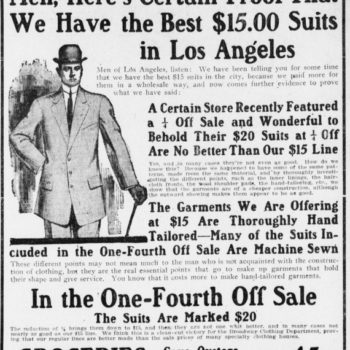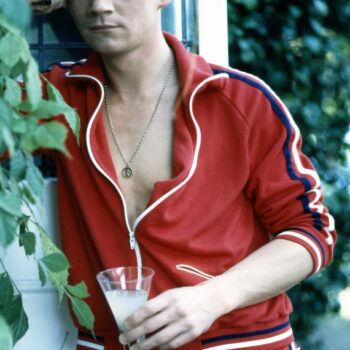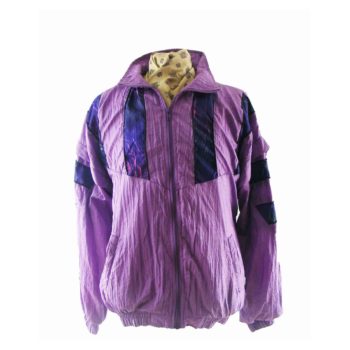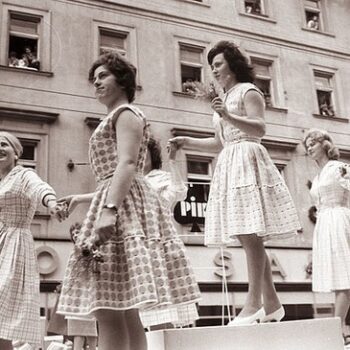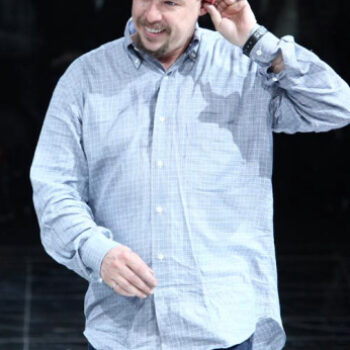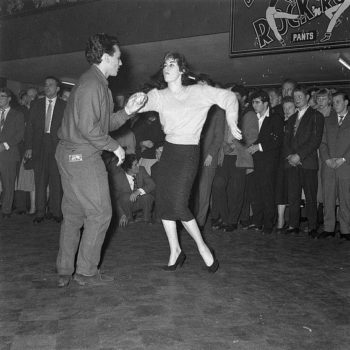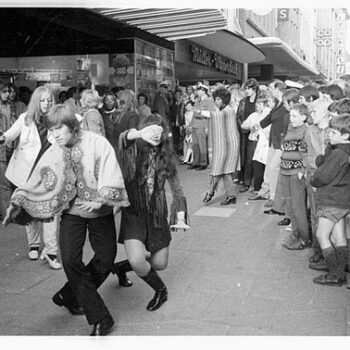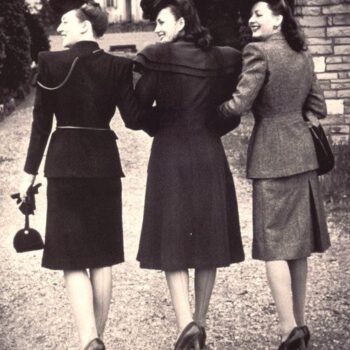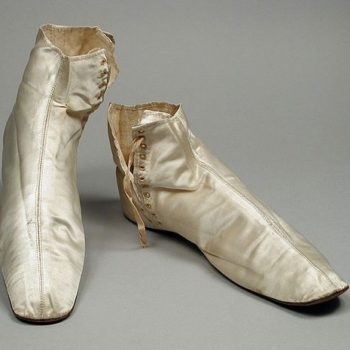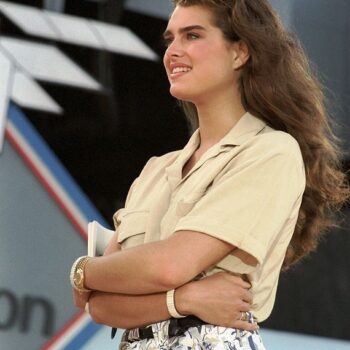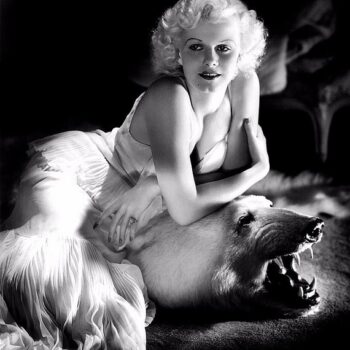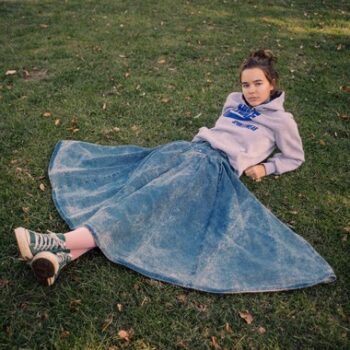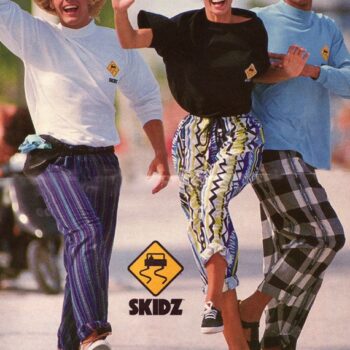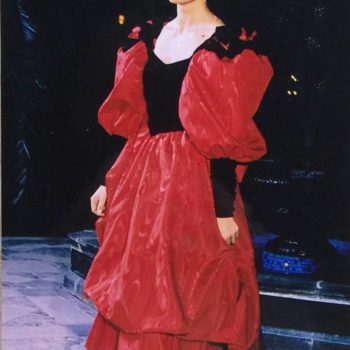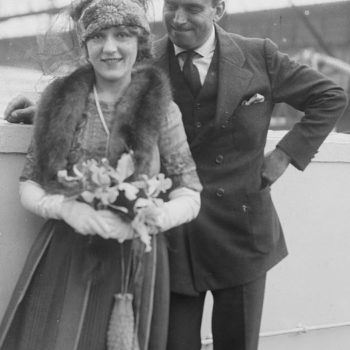European Millinery styles
October 27, 2014
Hats have meant different things at different times and in this next few blogs we will be looking at European millinery styles, origins and their social meaning. As this is such a broad topic, we will focus on one or two eras that have special interest for the development of millinery styles, and that hopefully, will be of special interest to readers.
This way we can give each item due thought and consideration, rather than rushing through 5 or 6 centuries. We don’t have to go that far back, but there are significant periods where wearing a hat had significant meaning for the wearer, as well as just for fashion purposes.
Origins & social meanings in European millinery styles
Firstly, we’ll start with a basic question – why did people wear hats at all?
We’ll begin with the European millinery styles in the Middle Ages, as hats had such symbolic meanings during this period.
Middle Ages
What makes hats so interesting in this period is that they were worn in so many different ways, from the plain to the flamboyant, from the ostentatious to the more conservative, and from those made from expensive fabrics, to those made of simple materials and worn by the poor. As well differences in styles and designs, there have been more uniform reasons to wear a hat, such as to show where a person worked for instance, who they worked for, and what they represented. And they still do this today, nurses, police officers and soldiers wear hats as part of their uniform. Some wear them for more practical reasons – for reasons of safety, such as people who work on a building site and firemen, who have to endure all kinds of conditions and temperatures.
Of course our focus will be on European millinery styles in fashion and as promised we will start with the Middle Ages. Hats and of course clothes, were rigid markers of who you were, there were gender markers and social markers, hats told everyone how high up you were in the social chain (or how low) and whether you belonged to a specific group.
Women, hair and hats
Women would have worn their hair long, very long, sometimes reaching the knee. It would either be tied in a chignon or worn in plaits for reasons of convenience and keeping it clean. They would often shave their foreheads to give themselves a higher hairline. Foreheads were considered important for women during the Middle Ages, they would cover it with anything but hair, such as hair bands or jewellery. Hair was considered quite erotic –so it would therefore be covered once they were married. This was considered so important, that towards the end of the Middle Ages the Church declared that keeping a women’s hair covered was obligatory.
Hair would often be worn with plaits wound up into buns at each side of the head and held there with gold thread. Sometimes the hair was wound into 3 or 4 plaits and again, held together with various hair accessories such as netting, or other fancy ornamentation. Hats then, became even more important towards the end of the Middle Ages, not just for fashion purposes, but for religious reasons. Hats were often high and were always worn to church or in public.
Wigs – evil
Wigs were definitely frowned upon, and seen as something evil that had literally been created by the Devil himself. It was thought that if you had a blessing from the church it would remain inside the wig instead of penetrating the skin.
To a certain degree, material was limited and was mostly either wool or silk. Pigmentation came from nature and colours were made from anything they could find, from molluscs, lichen, roots and tree bark to nuts and insects. Some colours were rare and the richer you were, the more easily you could afford to adorn your headwear.
Hats and status
As we’ve seen, hats symbolised a person’s status, and rather than just for fashion purposes, a hat would tell you something about the type of person you were dealing with, what their job was, or whether or not they belonged to an important family. Also, if you knocked somebody’s hat off, it would be considered an insult and you might even be accused of assaulting someone if you were to do it without thinking.
Hoods, accessories, bonnets and caps
Women often wore hoods, or caps and bonnets underneath. Hair was often held together by cauls – tubular pieces worn at either side of the head, they would also wear what were known as chaplets – which consisted of an all flower or golden thread cap or net which she would wear over her hair. Material was often draped under the chin and formed part of a more complex hat or adornment that covered the head itself.
The conical “princess” hat
Of course whenever most of us think about the European millinery styles in the Middle Ages – or medieval times as they are also known, we usually think of women wearing very tall, conical hats. It is a distinctively iconic image that we have, largely due to Hollywood films and magazines.
It is true they did wear hats of this nature, but interestingly, while researching this topic, it would appear that they weren’t the only ones to wear the conical shaped hat – they have links with the Japanese and Indo-Europeans. They are also worn today by some societies as part of their culture, usually during rituals and ceremonials.
Naturally, they had to hold themselves extremely erect as the hats carried some weight, and some of you may have found this out if you’ve ever found yourself wearing one for fancy dress purposes, or for celebrations.
Different shapes, different hats
As you can imagine the European millinery styles on women’s heads during medieval times took many different shapes, such as towers, horns, narrow shapes, fat shapes, draping fabrics in gold and white, colours, bunches and high towering conical hats. Although quite beautiful, they must have often been uncomfortable to wear.
If you feel compelled to wear a medieval hat then you can search the internet and you’ll be relieved to know there are endless instructions on how to make one, just look for “princess” medieval hat (!). Medieval weddings are quite popular and make for some excellent costume designs and dramatic head-wear. Even if it’s just for fancy dress, take yourself to some vintage stores or second hand shops for some dark heavier fabrics, or long maxi dresses.
European Millinery styles in Victorian times
The various types of headwear for ladies, their origins and social meanings
As in the medieval times, hats were worn during the Victorian period to show off wealth and status which would be reflected in the current trends of the time.
As you can imagine, Britain was undergoing radical change, and this was largely due to the industrial revolution.People saw changes in science and religion, where the very core of people’s beliefs was starting to be questioned. Fashions were similar both here and in Western Europe with similar trends seen both here and abroad.
Status and fashion
Your status was important, so it was crucial that whatever Victorians wore, it would fit in with how far up the social ladder you were. If you were rich enough, your wealth was displayed in your dress and of course that included hats. Hat and dress would match and the bigger and more ostentatious your outfits were, the richer you clearly were too. Hair would be lavishly pinned up, usually with a fringe and crowned with a bonnet, which would be set on the very top of the head to add height.
Hats for every season
In Victorian European millinery styles, winter hats would sometimes be decorated with fur in keeping with the cold winter months. Boaters, straw ones, were quite popular in summer and continued to be worn well into the 20th century. They could be worn tilted or straight on. The Fedora was also popular, as were flat hats with a bobble at the crown and no brim. They weren’t made of wool as they came to be later on, but were usually made of cloth and were known as tam-o’-shanters. They don’t sound particularly flattering, but they were fashionable hats for their time.
Evolution of the Victorian hat
Bonnets would be worn further back on the head during the mid-nineteenth century and then evolve into a bonnet with a narrow brim worn near the ears and going over the head, finishing at the nape of the neck, it would usually be held together with a ribbon, tied under the chin, or held together with a brooch. The leghorn bonnet was also fashionable in European millinery styles with a large wide brim and a smaller hat attached that went over the back of the head.
Bonnets slowly went out of fashion in European millinery styles as the century drew to a close. Hats were worn further forward as the hair was often fastened at the back rather than on top of the head. Hats were worn on the forehead in a pillbox shape, then there was the lamballe, an oval shaped hat that was tied with strings at the back of the head.
As the hat was so much a part of everyday wear, it went through many evolutions as did clothing. It symbolised a woman’s wealth and status, the fancier it was then the better connected you seemed to others. It was also a fashion piece that was worn to match the most fashionable dresses of the day, as well as protect you from the sun and bad weather.
Hats wouldn’t never really be such an essential part of everyday wear as they had been in the 19th century, and when we talk about hats now, we are naturally transported back to the Victorian period, or perhaps the 1920s even, but as we’ve already looked at this period in European millinery styles, we shall take a look at the 30s and 40s next time.
Read on for our post on the origins and social meaning of European millinery styles of 30s and 40s .During the 1920s the cloche hat had dominated the decade – the helmet shaped hat came in a numerous shapes, styles and colours and dominated women’s head wear from the early 1900s to the early thirties. The mid 1930s onwards would eventually saw the cloche evolve into something different, with wider and flatter brims becoming the norm and often worn to the side of the head.
European Millinery styles in the 30s and 40s
European Millinery styles – Hats still an important part of an outfit
1930s Hats were still very much an essential item to be worn with most outfits for both women and men and it would have been unusual to have been seen without them in public.
There was quite a variety of hat styles coming into fashion during the thirties and of course the movies continued to inspire millinery fashion styles.
Range of 1930s hat designs
Toque hats were popular in the late 30s which were beret shaped, circular and could be tall or relatively flat. There were sailor hats, and the Florentine hat, some came with bows while others had netting. Shock value was crucial in order to create a stylish and attention grabbing look.
European Millinery styles – Shock value
Shock value was important and Britain looked to Europe for inspiration. It came in the shape of Elsa Schiaparelli, increasingly popular at this time –who came up with the snood, a hat that had already been worn during the Victorian period. Of course fashion is all about reinvention, and Schiaparelli certainly got her inspiration from many different areas, as well as from history. It would become increasingly popular in the forties as a practical way of keeping women’s hair back. It could be knitted or crocheted and fell at the nape of the neck.
1940s Hats – Practicality and ostentation
Hats became far more practical during the Second World War – women would go back to work much as they had during the First World War, and running to air raid shelters and holding a job down didn’t really go down well with the flamboyant hats of the 1930s.
Having said that, 40s hat materials were the only item of fashion that weren’t rationed and there were plenty of fabrics to cheer the war effort on, with feathers, artificial flowers and veils. The French would use the term“piece de resistance” for the 1940s hat as the last thing to complete an outfit, and as a fitting stand against the Nazis.
Different hats for different occasions
The Doll hat was small, worn at the front of the head, and was reminiscent of the Victorian period. Draped turbans were popular as were halo hats which framed the head by sitting at the back of it.
European Millinery styles – Practical hats and trousers
For working women, hats were more simple and practical and due to rationing, nylons to cover the legs were scarce, more and more women wore trousers and the snood as mentioned above, was a useful way of holding the hair back, as well as head scarves,covering all of the hair and tied with a bow at the top of the head.Scarves were also used as head bands to keep the hair out of women’s faces.
Hats would slowly become less popular as the years wore on, but the 1930s and 40s were popular for both women and men and in some cases were worn as a statement of defiance during war time.
1940s hats



